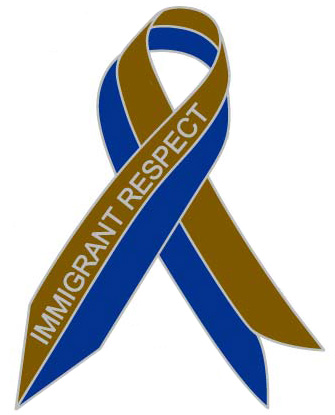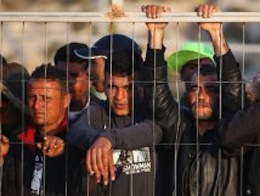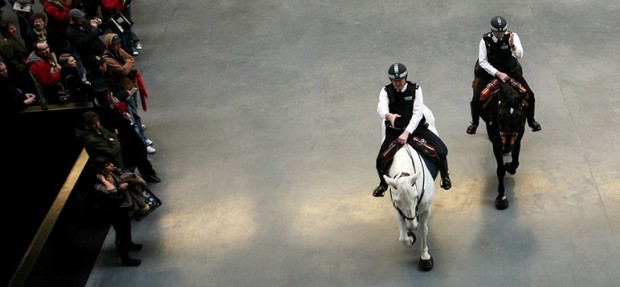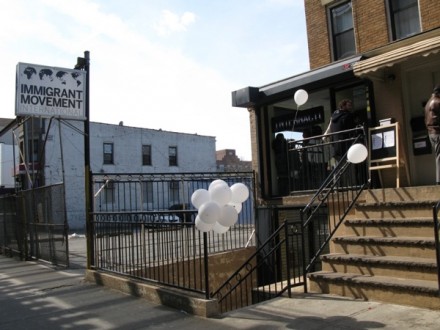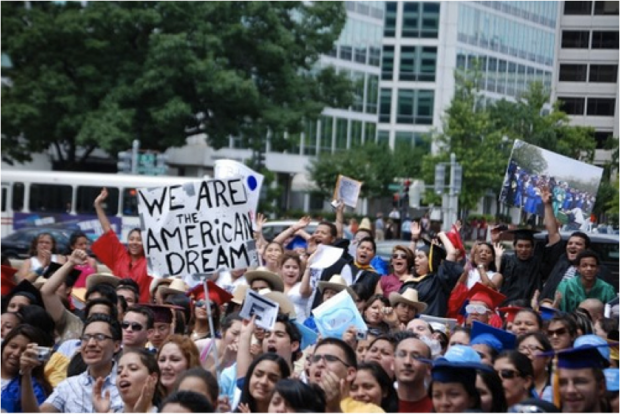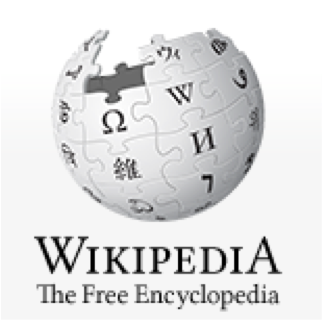Tania Bruguera, “Tatlin’s Whisper #5,” 2008. Decontextualization of an action. Mounted police, crowd control techniques, audience. Photo: Sheila Burnett. Courtesy Tate Modern.
Thom Donovan: 1. What is your background as an artist and how does this background inform and motivate your practice?
Tania Bruguera: My background as an artist is the Cuban Revolution and all that brings with it, including the political performances and the lack of privacy, even in your thoughts. I also draw upon my years as a kid in Beirut from 1974–77, where the war and the news on TV were the landscape outside my window. The mixing of the Cartesian and then the socialist education I’ve received. The Perestroika struggle and hopes in the 1990s in my country and the exciting rebellious energy and atmosphere in the arts during that time in Havana. The death sentence of the General Arnaldo Ochoa. Political events closely impacted my family, especially through my father, who was a politician. And lately, my experience living outside of Cuba, especially in Chicago.
Most of all it is the fact that the only way I have to express myself and to communicate is art; outside of it I do not understand things very well. Perhaps that is why my art is also about looking for ways to communicate through other languages, idioms not belonging to art.
Motivations rearrange, and priorities change, but some of my motivation comes from the contradiction of being raised to do something socially important (like every Cuban educated before the debacle of the socialist block), and growing within the frustrating limitations imposed by that same government, who demand great things from you while simultaneously forbidding them. I guess it is sort of a case of “domestic political violence.”
The motivations also come from the inability to be cynical about it. I could never do my work out of believing in its social and political potential, and I could never just “decorate” the subjects I address for the occasional political tourists.
But what motivates me most are ethics. There is an aesthetic dimension of ethics that for me is very clear and works in very specific ways (maybe due to my socialist education?). Ethics emotionally affects me more than any artwork.
TD: 2. Do you feel there a need for the work that you are doing given the larger field of visual art and the ways that aesthetic practices may be able to shape public space, civic responsibility, and political action? Why or why not?
TB: While I practice that expanded version of aesthetics, my work is about the role of the artist in society and the possibilities for art to be directly involved in social endeavors. In order to get involved in social issues, it is important to truly commit to real action. The challenge is that artists are very often confronted with the institutional wall. So the work gets caught between a sort of hyperrealism and representationalism that affects the expectation of the artist, but also the ways in which the institutions are ready, or in some cases not, to deal with this kind of work. It is the old dilemma of responsibility in art and what the people in the institutions think the artist should be doing. Unavoidably the work starts dialoguing from an institutional critique standpoint. A new institutional critique where we do not wait for the institution, but we become “institution builders.” Sometimes within the inside of an already existing institution; other times ignoring them, so they have to catch up. It is positive institutional critique.
Artists using this methodology tend to be more interested in the effectiveness and functionality of those institutions they are building than their art-historical role, though they are aware of it. Things are analyzed from a different perspective. For example, how they “look” does not necessarily refer to a skilled trompe l’oeil reproduction of a bureaucratic structure, but rather relates to the way that structure functions. The way in which time is valued in these kinds of projects is very different. They are mostly long-term, and the old charming “beauty of failure” is not tolerated the same way, nor seen in the same working capability within this methodology. So the idea of aesthetics may be changing into effectiveness, or towards the construction of ethics. This way of working with institutional critique uses the institution’s resources in other ways, especially its privileges.
In my case when I talk about institutional critique, I include the artist within the role of the institution itself. For example when I did my project at the Pompidou, IP Détournement, the main critique of the project was not of the way the institution dealt with [its] collection, but the ways in which the artists dealt with being part of collections and their involvement with such value markets. We cannot do a Hans Haacke-type piece at this moment in time without being all involved and all held institutionally “responsible.”
I think there is a need for this methodology of working. The more that is produced the better. These approaches should not be isolated cases, but a strong positioning towards the old regime of the uses of art. Also, I’m not so sure about aesthetic practices’ (in the visual arts) ability to shape public space and civic responsibility when it doesn’t come with an ethical component. I do not believe in the autonomy of art. I never bought the impact of Guernica, nor the potential people saw in it to call for peace. I might be too cynical about it. I think people project too much in art, too much sublimation about the humanism behind it. For me, the problem is that the kind of humanism in it mostly doesn’t belong to this time, to our present, even in very contemporary artworks that we, specialists, celebrate.
Regarding the part of your question about feeling a need for the work I’m doing, I just can tell you that while I was writing this answer at the Immigrant Movement International headquarters, a person came in to ask for a lawyer to look at her immigration case, proving that reality dictates in this kind of practice. Also, I think it is necessary because the ways in which one can solve the old discussion about the relationship between art and spectatorship, in my view, is better answered this way, through Useful Art. One possible clash of Useful Art may come from the fact that some people who see themselves as the safeguards of art do not know yet how to deal with the circumstance in which works done as Useful Art ignore them and ignore certain manners of display, focusing instead on ways the aesthetic experience can be relocated.
TD: 3. Are there other projects, people, and/or things that have inspired your work? Please describe.
TB: I’ve been inspired by anything that is an attempt to implement Utopian ideas. Restrictions also trigger me, especially when someone says, “No, it is not possible.” Lately, the revolution in the Middle East (Tunisia, Egypt, Bahrain, Yemen, Algeria) has had a great impact on me. These events were some of the first manifestations, together with WikiLeaks and Iceland’s independence from international banks, of significant revolutionary actions in the 21st century.
In terms of Art, for me the freedom of Dadá and the social responsibility of the early Soviet Constructivists are still my main points of reference.
TD: 4. What have been your favorite projects to work on and why?
TB: My favorite projects I’ve worked on are the ones where people are enjoying it and then they say, wait, is this an artwork? My best experiences are when the work spills onto the actual terrain of politics or real experiences by its own merits, when I am able to appropriate the systems and resources of power. But to be honest, I do not always think a work is my favorite until someone comes in and tells me what they felt in it, or how they remember it 5 or 10 years later. You know, when you are working, the satisfaction of accomplishment is very fragile and evaporates very quickly because you are always starting a new work with all the complexities it brings.
Some other examples are works that can be seen with the same interest and intensity by people belonging to both worlds, the arts and the civic society, like Memoria de la Postguerra (Memory of the Postwar), a piece I did in 1993-94 in the format of a newspaper that circulated the streets of Havana in an underground manner and was talked about by many who are not in the arts. It was even discussed at the communist party’s assembly on the work of my aunt, who had nothing to do with art. Also Tatlin’s Whisper #6 (version for Havana), a piece where I staged one minute of public free speech for anybody who wanted to say what their political thoughts were, and which became an exceptionally liberating moment, such that my neighbors talked to me about it in the days following, and it was also part of the news. People in power had to reconsider their tactics and were somehow momentarily paralyzed with this event. Also a piece I did in the format of an educational space, Cátedra Arte de Conducta (School of Behavior Art) between 2002 and 2009, which became the first studies of political art. There we were teaching about ethics, sociology, and the ways in which an idea could be part of society.
TD: 5. What projects would you like to work on in the future? What directions do you imagine taking your work in?
TB: Well, I had to wait five years to do my current project, Immigrant Movement International, and I think this is what I will be devoting my next few years to, so I guess, for once, past, present, and future have coincided. Now I’m focusing on learning as much as possible, due to the fact that I have an incredible situation working with CreativeTime’s and the Queens Museum’s human resources and years of experience.
My work is done through what I call Political – Timing Specific, so while I know what I want to address with my work, the ways I do it and the priority it takes is mostly decided by political circumstances and not by me.
In the near future, I have accepted an invitation to bring Immigrant Movement International to a public presentation in Miami at the end of the year and next year to México City, through Sala de Arte Público Siqueiros, where we are working on creating the electoral campaign for Immigrant Movement International.
What I do not see myself doing for a while is exhibiting in a museum or a white cube.
link to the ART21 blog

